
A man takes photos of an electronic screen displaying stock prices at the listing ceremony of the first batch of registration-based initial public offerings of enterprises on the ChiNext board at Shenzhen Stock Exchange in Shenzhen, south China's Guangdong Province, Aug. 24, 2020. (Xinhua/Mao Siqian)
DELISTING
While optimizing the listing standards, the new system also optimizes the delisting rules and diversifies market exit channels to include forced delisting, mergers and acquisitions, and bankruptcy reorganization.
Statistics from the financial information provider Wind showed that only just over 220 companies had been delisted in the A-share market so far, due to high delisting thresholds under the previous approval-based system.
As a result of the pilot run, reforms in delisting rules had achieved remarkable results from 2019 to 2022, with the delisting rate seeing an obvious rise. A total of 85 companies were delisted during this period, exceeding the aggregate number recorded in the previous 20 years.
"The registration-based IPO system complements the delisting system, which creates a market screening mechanism for survival of the fittest," said Pan Helin, a researcher at Zhejiang University.
The system will make listing and delisting easier, which requires investors to be sharper in terms of value judgment and stock selection, and places institutional investors in a more advantageous position, said Li Xunlei, chief economist of Zhongtai Securities.













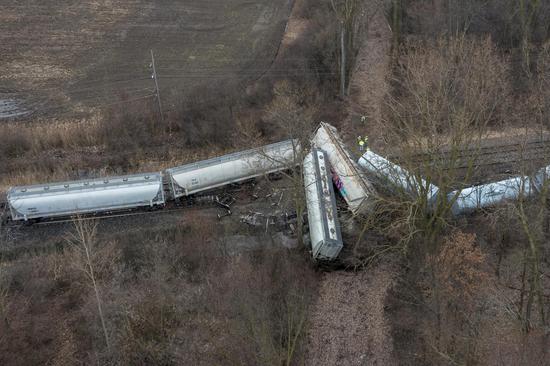




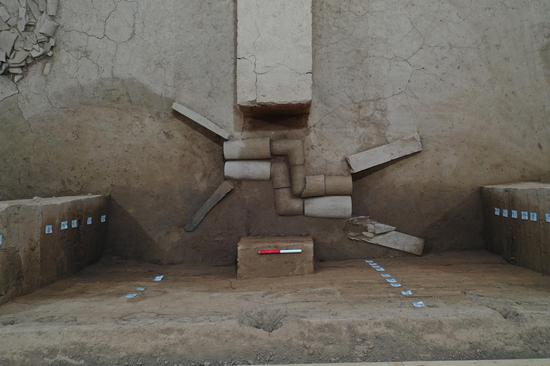












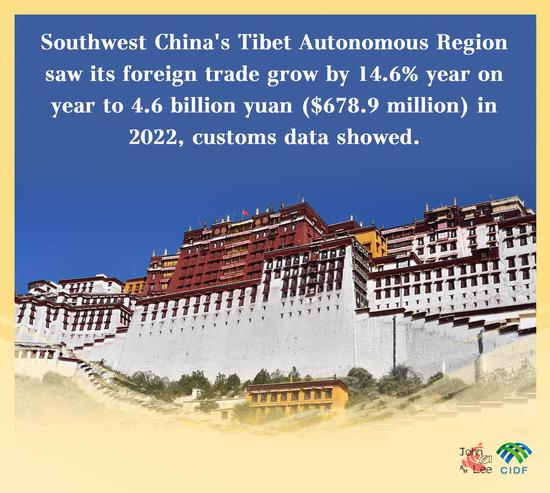
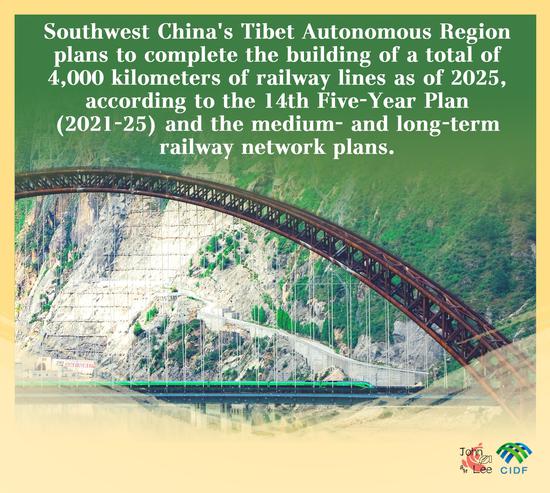







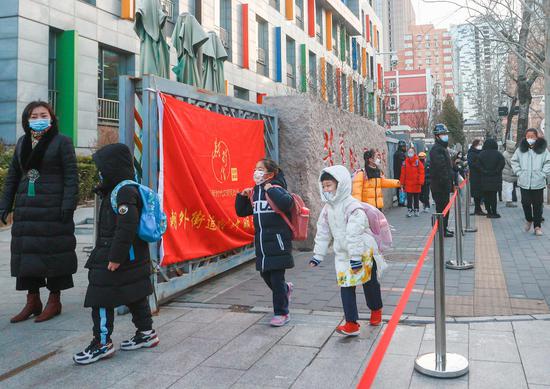









 京公网安备 11010202009201号
京公网安备 11010202009201号